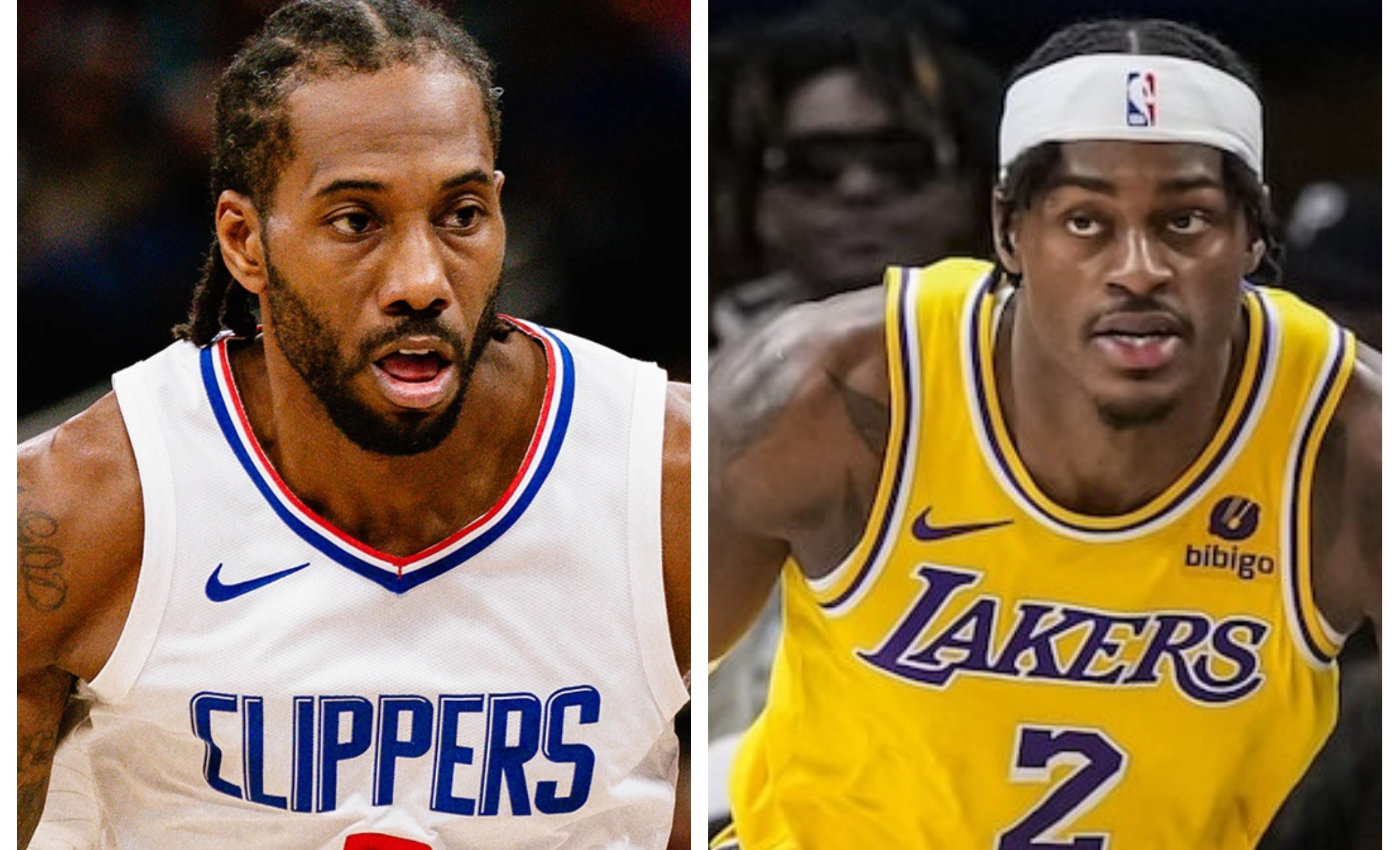REPORT: Lakers officially sign Kawhi Leonard for $80.3 Million to replace Jarred Vanderbilt.
In sports, including the NBA, the concept of team “continuity” can be a funny thing.
On one hand, bringing back a bunch of players for continuity’s sake isn’t necessarily a winning formula. But using an extreme example, think about a winless squad that returns the same roster: The general manager probably won’t draw rave reviews, but we know that constant churn — among players, coaches, front-office staff and other key figures — is why losing teams often stay down.
My previous research has shown that, even after controlling for how good or bad a team was, franchises with more turmoil around important roles tend to do worse going forward.
There’s a fine balance to be struck between knowing when to preserve a roster … and when to strategically change everything up.
With that in mind, we have ranked where every NBA team is on the spectrum of continuity, from those that have most of their players back to those that have torn it all down.
To measure this, we’ll look at a team’s combined ranking across two different dimensions: the share of minutes played and the share of estimated RAPTOR wins above replacement (WAR) for the franchise from the previous three seasons (weighted by recency, such that last season gets a weight of 6, the year before that a 4, and the year before that a 1) from players on the team’s current roster.
NBA teams with a high ranking in each share — meaning they brought back more of the players who logged minutes and generated value for the team in recent seasons, especially in 2023-24 — have the greatest continuity.
We’ll present our overall ranking, based on a sum of the ranks in each category, and then dive into the top and bottom five teams — while also listing each team’s leading players (by percentage of three-year weighted WAR produced for the franchise) who will and will not be on the roster in 2024-25.
Though the Rockets failed to make the playoffs last season, it was a season of growth for Houston, which improved its net rating by 9.0 points per 100 possessions from 2022-23.
After years of losing with one of the youngest teams in the NBA (mean age 25.9), the Rockets also provided a potential blueprint for how teams should emerge from a tanking era, with a mix of savvy veterans (VanVleet) and young players coming into their own (Green, Sengun, Thompson).
Houston will look to continue this upward trend this season, as the Rockets bring back each of their top 12 WAR earners — a group that represents 76% of the franchise’s three-year weighted minutes played and a whopping 94% of its three-year weighted WAR.
